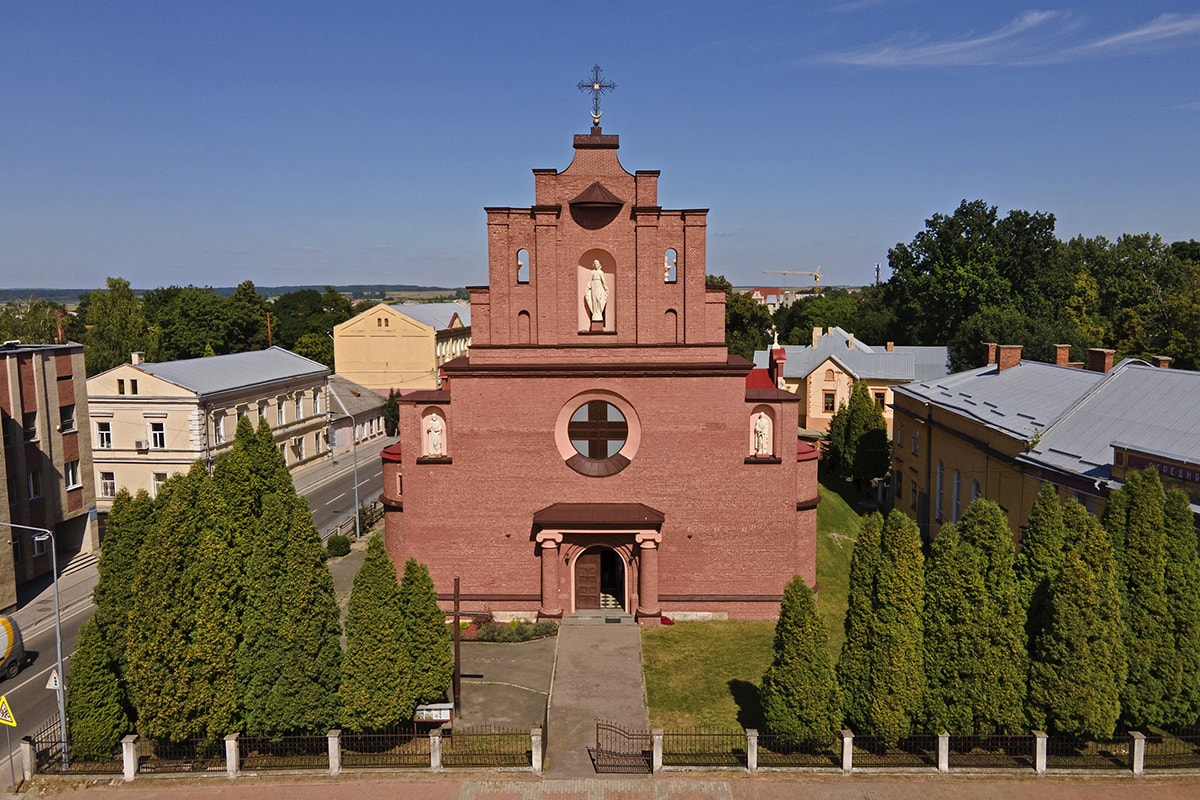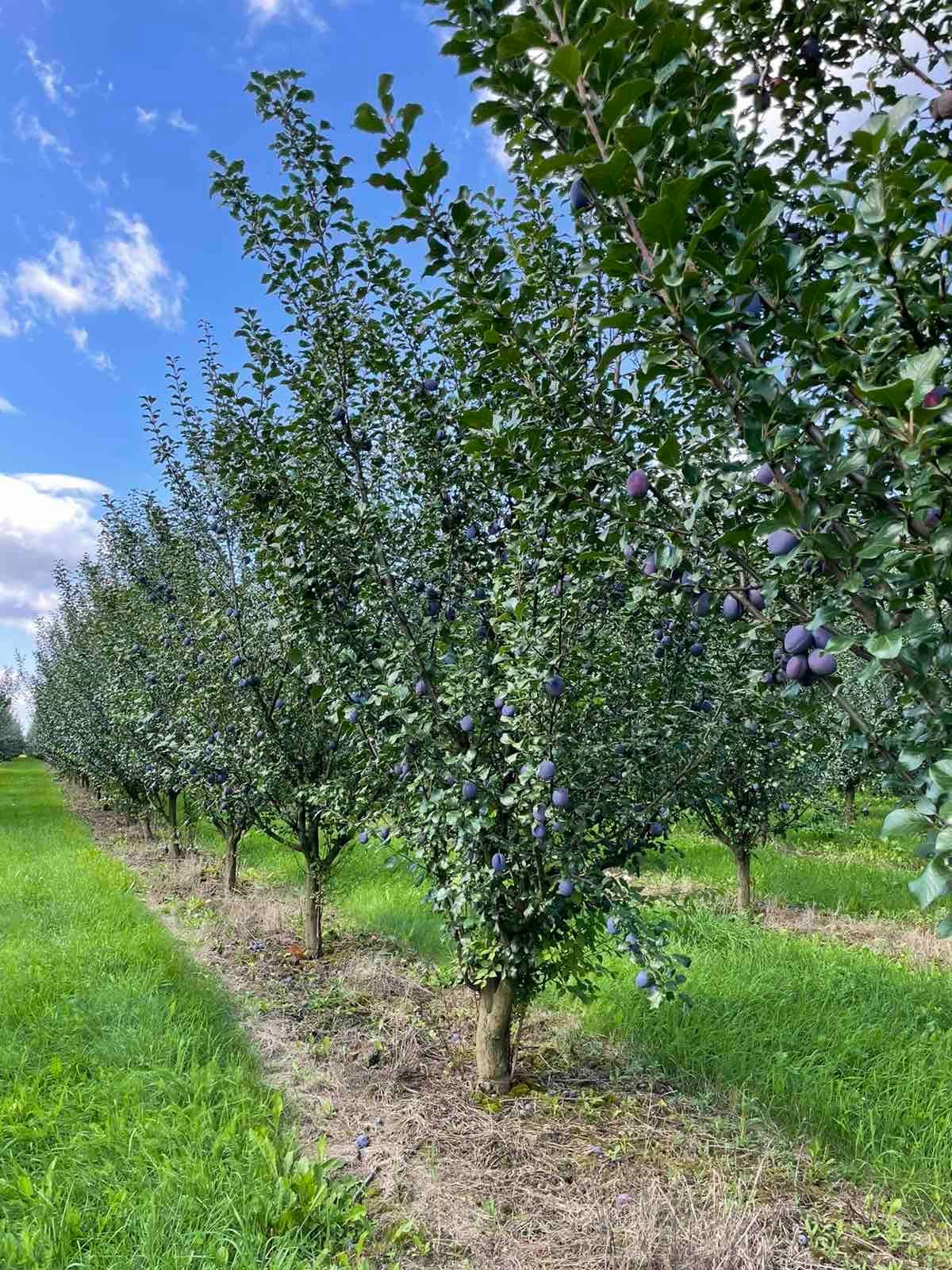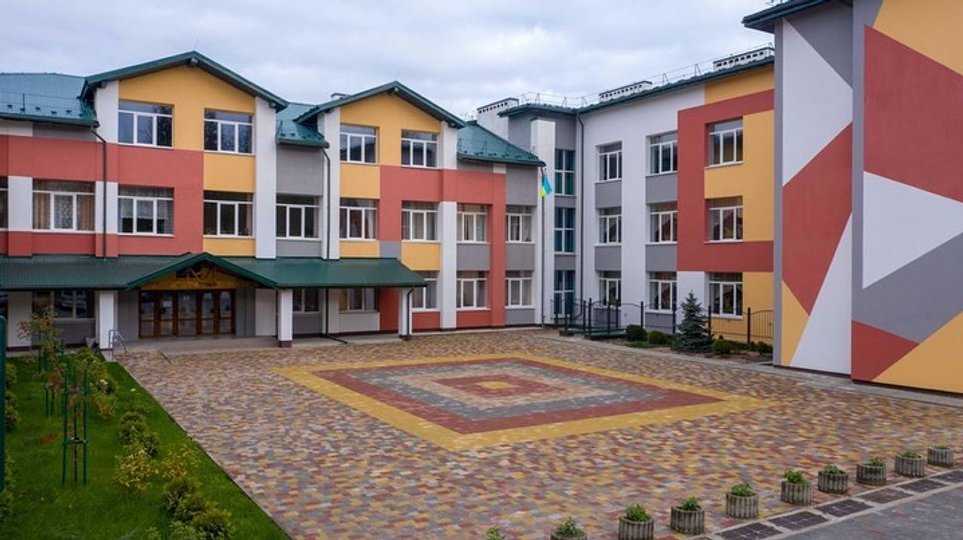This website uses cookies so that we can provide you with the best user experience possible. Cookie information is stored in your browser and performs functions such as recognising you when you return to our website and helping our team to understand which sections of the website you find most interesting and useful.
Horodok Urban Territorial Community

The Horodok Territorial Community was formed in 2020 with the town of Horodok being its administrative centre.
The total area of the community is 377 square kilometres.
The community consists of 39 settlements, including 38 villages and 1 town – the administrative centre of Horodok.
The population of the community is 39.6 thousand.
Since the full-scale invasion began, more than 1,700 internally displaced persons have been registered in the community. As of now, this number has slightly decreased and is almost 1,500 people.
The distance from the administrative centre to Lviv is 22 km and to the international border crossing point with Poland in the village of Shehyni is 50 km.
History
The administrative centre of the community, the town of Horodok, is older than the regional centre, the city of Lviv, because the first chronicle mention of it dates back to 1213. The town was home to the castle of Polish King Jagiello, which was one of the favourite places where the King and his wife Jadwiga liked spending their time. In 1655, the famous battle between Bohdan Khmelnytskyi’s army and the army of the Polish-Lithuanian Commonwealth took place near Horodok.
The town is rich in monuments of historical and architectural heritage of national and local importance, including:


Economy and Welfare
The Horodok Territorial Community has a good economic and geographical location because the territory of the Horodok area is crossed by the M-11 international highway and the international railway track connecting Lviv and Przemysl.
There are also two airfields in the territory of the community: Jagellon and Tsuniv.
The Vereshchytsia River flows through the territory of the community forming dozens of ponds on its way. A good microclimate of this area indicates that the town and the community have a significant resort and recreation potential.
The Budzen water intake is located in the territory of the Horodok community; it supplies water partially to the city of Lviv and the settlements of the community. Nine wells for water intake have been conserved near the village of Kernytsia and the village of Artyshchiv.
As a result of its good location, the community is industrially developed. This is especially true of its administrative centre. A number of large industrial and food enterprises operate in Horodok.
There is an enterprise producing fruit and vegetable concentrates and juices in the territory of the community.

Freight transportation services, including international ones, are developed as well.
A logistics company operates within the town of Horodok providing a full range of logistics and customs brokerage services – customs clearance of imports, exports, and transits.
In October 2018, the Zachid Resource industrial park with an area of 20.7 hectares was registered to host new economic enterprises in the processing industry, the sector of innovations, logistics and the provision of related services. The industrial park is a key point of economic growth, the main factor in the development of the bio economy and industries with a high added value.
The industrial park activation will result in the creation of about 1,600 new jobs.
Agriculture is also actively developing in the community. The community cultivates grain crops and livestock, and a large area is used for horticulture and mushroom cultivation activities.


At the primary level, medical services in the community are provided by 9 outpatient clinics of family practice and 17 centres of paramedics and midwives. The secondary level is represented by the Horodok Central Hospital with a capacity of 225 beds.
The Horodok Territorial Community has an efficiently functioning educational sector, on which the largest part of the budget is spent.
For instance, there are 24 schools and 6 kindergartens in the community with almost 6,000 children in total. There is also the Small Andrusiv Art Academy and the Horodok Children’s Art School attended by 435 children.

Community and War
With the beginning of the full-scale russian invasion, the community has rallied to help the Armed Forces of Ukraine, the territorial defence units, and internally displaced persons arriving to find shelter in the community.
A humanitarian headquarters has been organized in the premises of the People’s House of the town of Horodok, to where aid has been forwarded to help those in need from everywhere: from the sister towns in the Republic of Poland (Nisko, Mshana, Dolna, Stryzhiv, Lwowek Slonski), humanitarian organizations, both local and international ones, as well as from the community residents. Foods, medicines, hygiene products, warm clothes, blankets, insulating pads, flashlights and power banks, children’s toys and much more were received, sorted and released by the volunteers of the humanitarian headquarters around the clock.
The humanitarian department of the Horodok Town Council also promptly arranged premises for internally displaced persons to live in the Horodok educational institutions, as well as in the recreation centre of the village of Mshana.
Residents of these temporary shelters were provided with food, sleeping places, and other necessary means. When the residence of internally displaced persons in educational institutions became impossible because of the beginning of the school year, the community organized three places of residence. Currently, 81 people live on these premises.
Also, during the first days of the war, the local self-defence unit was formed in the community. Hundreds of volunteers patrolled the important infrastructural facilities of the settlements around the clock.

People of the Community

Since 2020, Volodymyr Remeniak has been the head of the Horodok Territorial Community.
In 2021, Volodymyr Remeniak completed the implementation of two projects: construction of a new school in the village of Bratkovychi and completion of the therapeutic building at the Horodok Central Hospital. Both projects were implemented with the support of the state budget.
On 29 December 2021, the schoolchildren of the village of Bratkovychi solemnly sat down at the desks of the new modern school.

The new therapeutic building was opened in the spring of 2022.


With the support of the regional budget, in 2021, it was possible to reconstruct the non-residential premises and open a modern Administrative Services Centre in the town of Horodok (DIA Centre).



Development Strategy
Key strategic goals:
- Economic growth,
- High quality of life,
- Services for the residents at the European standards.
Provided that financing is available, within the framework of the strategic goals for the nearest period, it is planned to implement projects aimed at upgrading the water supply and sewage system. Road management and reconstruction of the stadium in the town of Horodok, which did start in 2022 due to the russian aggression, are among the top objectives.

List of Sources
Horodok Town Council
Lviv Regional State Administration
Official websites and social media pages
